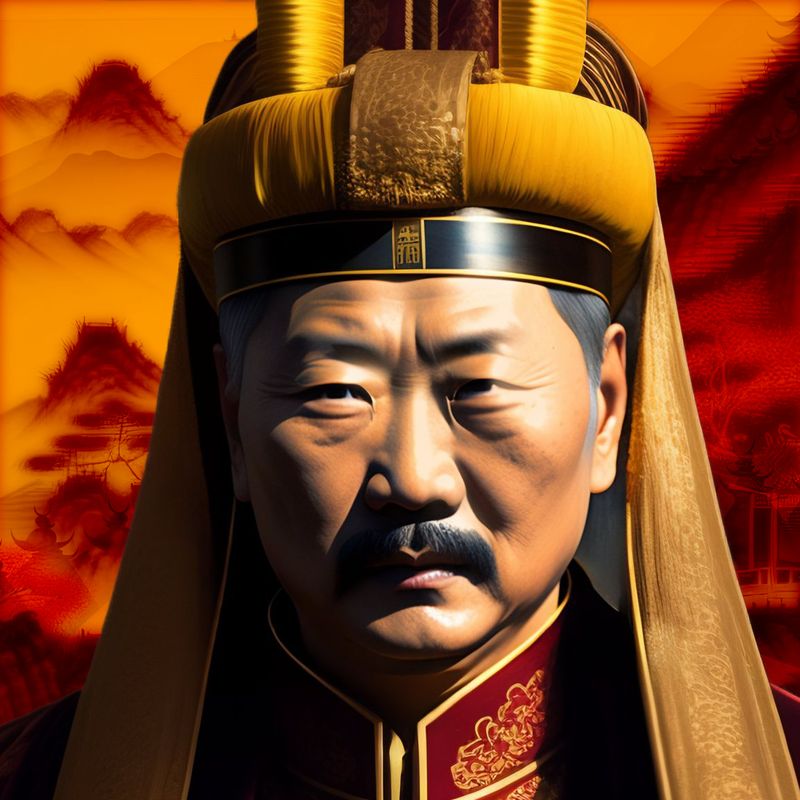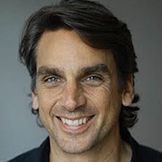Continuing education
Facing your true personality - Exploring the Connections Between Face, Body and Five Elements
StartedDuring this fascinating course, you will gain a better understanding of the beautiful complexities of Wu Xing (the five elements) in Chinese medicine, and how to treat related imbalances with acupuncture.
For each element you will get to know the Qi movements and the emotional frequencies to which they are connected, as well as the Yin-Yang nature of the five personality constitutions within each of the five elements (25 personalities).
You will learn how each personality affects facial expressions and posture, and you will learn how to use the original nature of classical acupuncture point combinations to treat imbalances between the 5 elements.
In addition to analyzing the 5 elements, treatments with needle techniques will also be demonstrated during the course.
All element theories, facial and body diagnosis, chosen point combinations, and needling techniques are taught according to the Chinese Classics ‘Huang Di Nei Jing’ (Yellow emperor’s Inner Canon), ‘Nan Jing’ (Classic of Difficulties), and ‘Jia Yi Jing’ (The systematic classic of acupuncture and moxa).
Meet the 25 Classic personalities that could visit your practice
Each of the five elements or transformations is connected to a musical note, or frequency: Wood: Jue, Fire: Zhi, Earth: Gong, Metal: Shang, and Water: Yu. These frequencies correspond to the nature of our bodily features, mindset, emotions, and personality. Each element’s unique frequency is connected to our inner (Yin) being and has four branches (Yang) connecting to the arms and legs. Participants will learn about each of these frequencies, as well as suggestions for acupuncture treatments to balance each of these emotional and behavioral personalities.
The key to understanding the resulting 25 personalities (Yin Yang Er Shi Wu Ren) is to understand the nature of the 5 elements. This will be simplified during the course and can easily be integrated into clinical practice.
Taking your knowledge a step further
By combining this knowledge with the readings of Ling Shu Chapter 72 or Chapter 64, participants can deepen their understanding of TCM. Chapter 64 discusses the importance of the pulse in TCM diagnosis and provides a detailed description of how to assess the pulse to identify imbalances or illnesses in the body. Chapter 72 discusses the four types of man: Shaoyang, Shaoyin, Taiyang, and Taiyin types, and how their constitutions influence their health and well-being.
Taking these understandings a combining step further, participants can gain insight into interesting similarities and questions arising from these ancient texts. For instance, the Shaoyang meridian is considered a combination of the Wood and Fire element, and when these elements become imbalanced, it can lead to a specific range of physical and emotional symptoms. A therapist who understands the energetic balance between the Wood and Fire element in a patient with a specific personality can treat this meridian more effectively.
You will also understand how personalities with opposing elements such as Metal/Fire and Wood/Water find a harmonious balance with each other, and why some element combinations are more prone to imbalances and have to work harder to achieve balance (lovers, parents/children, friendships, colleagues, etc.). A therapist who comprehends the energetics behind the personalities can make a significant difference in treating patients by also taking the patient's personal circumstances into consideration.
What do you gain from this course?
The course offers a wealth of examples and tools to help you interpret the Classics and understand the connections between facial features and the different 5-element personalities. Additionally, you will learn Classical acupuncture treatment methods for each element and their various personality appearances, with a focus on helping individuals overcome emotional stagnations and uncover their true inner spirit, based on their personality. Finally, you will be aware of how your own imbalances and element nature may interact with your patients.
Upon completion of the course, you will have a deeper understanding of the lines, colors, and movements of the face, as well as the many facets of the five elements and their different Yin-Yang natures. This will certainly help you provide more effective treatments and give better lifestyle advice based on a patient’s personality, therefore achieving better outcomes for your patients.
A detailed and informative handout will be provided to assist participants in incorporating facial diagnosis and element constitutions into their clinical practice.
Discount offer


 Nicholas Van Bergen Garner
Nicholas Van Bergen Garner